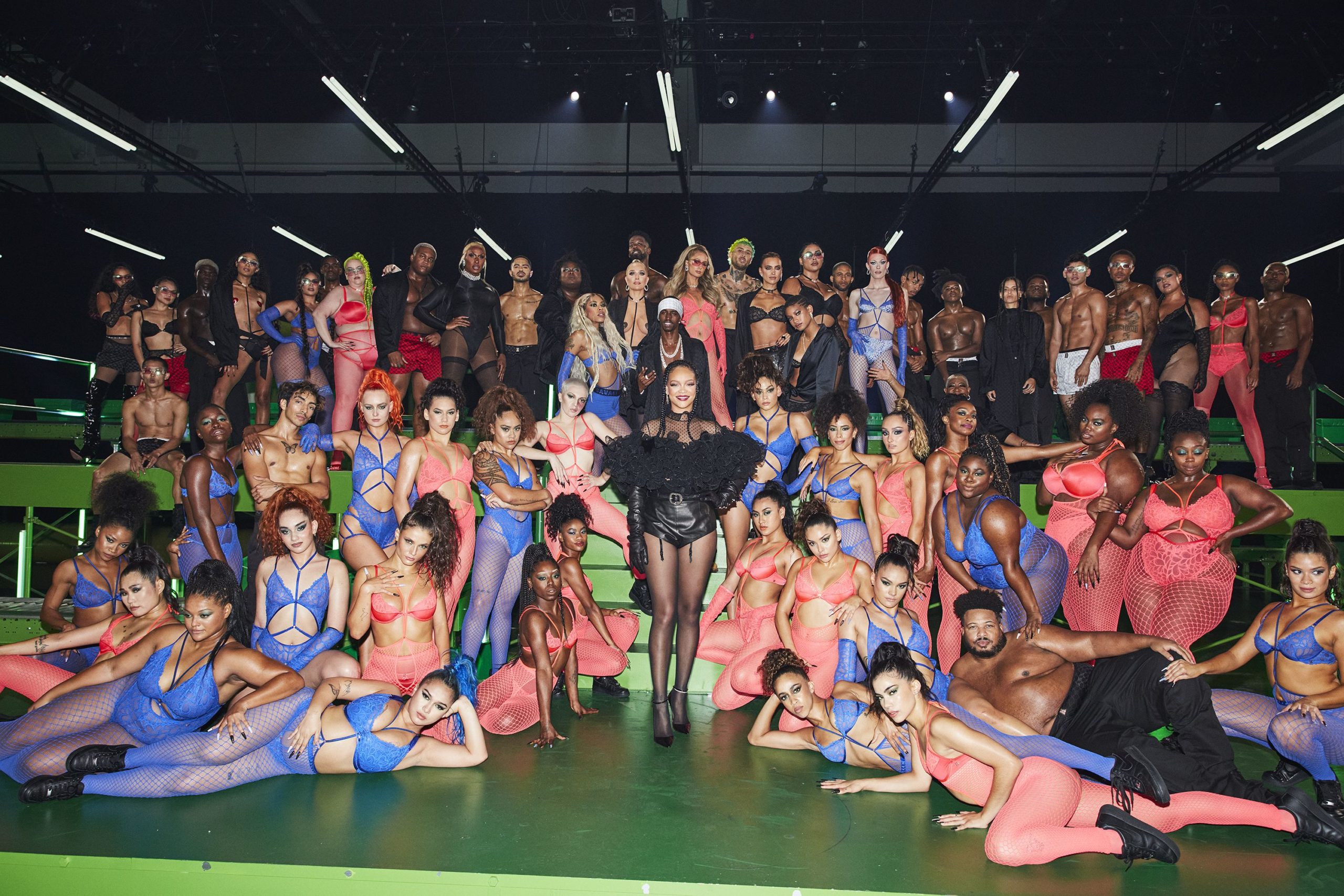Rihanna recently received an abundance of online praise for promoting male body positivity and diversity in her latest collection for her lingerie line, Savage X Fenty. On October 2nd, the musician and business mogul launched her first menswear capsule collection, for which she collaborated with Christian Combs, rapper and son of Sean ‘Diddy’ Combs. Fans were excited to see plus-size male models being featured in the Savage X Fenty Vol. 2 fashion show and on the lingerie website.

For the last three years, Rihanna has been changing the game in the fashion industry in regards to inclusivity; she has consistently cast models of all sizes, races and gender identities and her underwear sizes range from XS to 4XL. This is a contrast from lingerie brands such as Victoria’s Secret which does not cater to plus-size women and only features very tall and slim models. Fans were excited to see that Savage X Fenty’s ethos of “celebrating fearlessness, confidence and inclusion” also extends to men. A twitter user shared screenshots from the Savage X Fenty website of a shirtless Steven Green, US size 2XL, modelling the new Savage X Fenty boxer briefs. Significantly, Green’s images did not appear on a separate “plus size” section on the website.
The presence of plus-size male models in the latest Savage X Fenty campaign spurred a conversation about the scarcity of male body diversity in the fashion world. Men from all over the world took to Twitter to vocalise how great it made them feel to see someone who looks like them modelling for a trendy underwear line.
This twitter user’s comment highlights the flaws within the fashion world and the importance of introducing greater male body diversity into it.
The standard male model that we typically see on clothing websites and in magazines is normally tall with a lean and athletic body. Unfortunately, we seldom see male models who do not fit this mould being featured. By constantly glorifying one body type as being the “ideal” and excluding all others, the fashion world has placed pressure on men to look like your typical athletic, lean model in order to be considered “hot.” When men view trendy clothing websites and do not see any models who look like them, this can severely damage their self-esteem and make them feel as though their body is not good enough. As a society, we massively overlook the body image issues experienced by men and the body dysmorphia that can result from a lack of representation in the fashion world, paired with the pressure to fit an idealised body type. A lot of men’s clothing lines lack larger sizes altogether and so plus-sized men often have difficulty finding fashionable clothes that fit them.
Rihanna has broken barriers and encouraged the progression of the fashion industry with her latest lingerie collection. However, it should no longer be considered ground-breaking or be a one-off surprise to see plus-size male models on fashion websites – this should be the norm. The presence of a diverse range of male body types in the fashion industry is essential because this is an accurate representation of the diversity that exists in the real world. It also sends the message to men that they do not have to look a certain way in order to be “attractive”. A lot of men do not fit the current, idealised standard of being ripped and athletic with a six pack, and that is perfectly okay – everybody is beautiful in their own way and deserves to feel like it. Men come in all heights, shapes, sizes and races, and this ought to be reflected in the fashion world.
Header image: Savage X Fenty.

